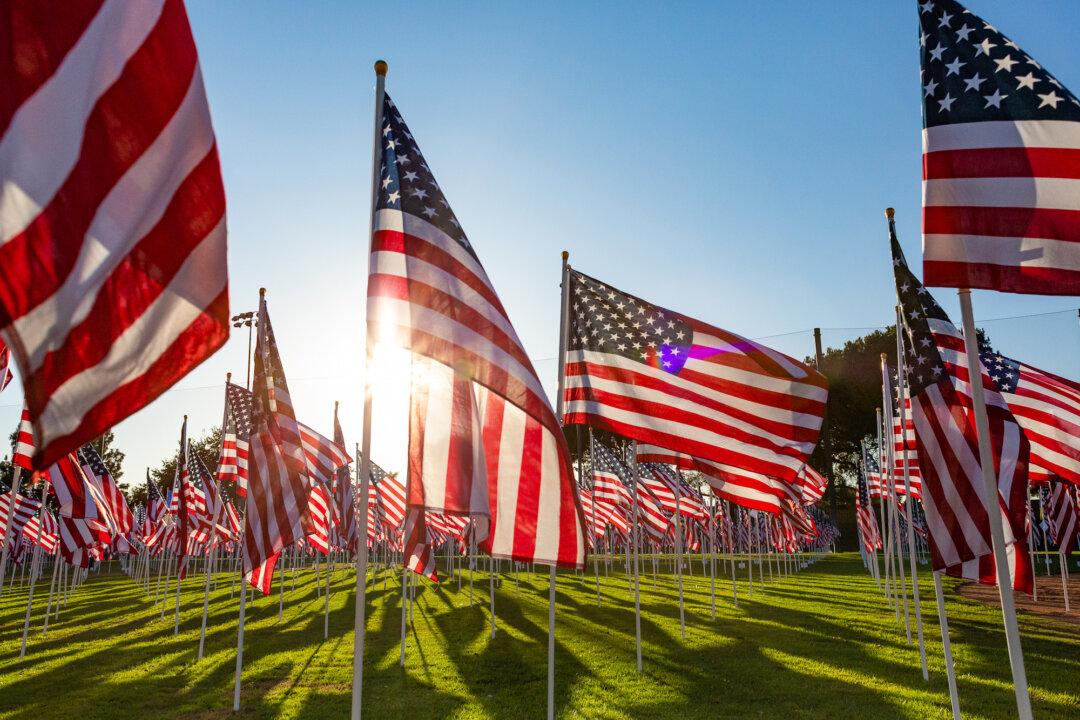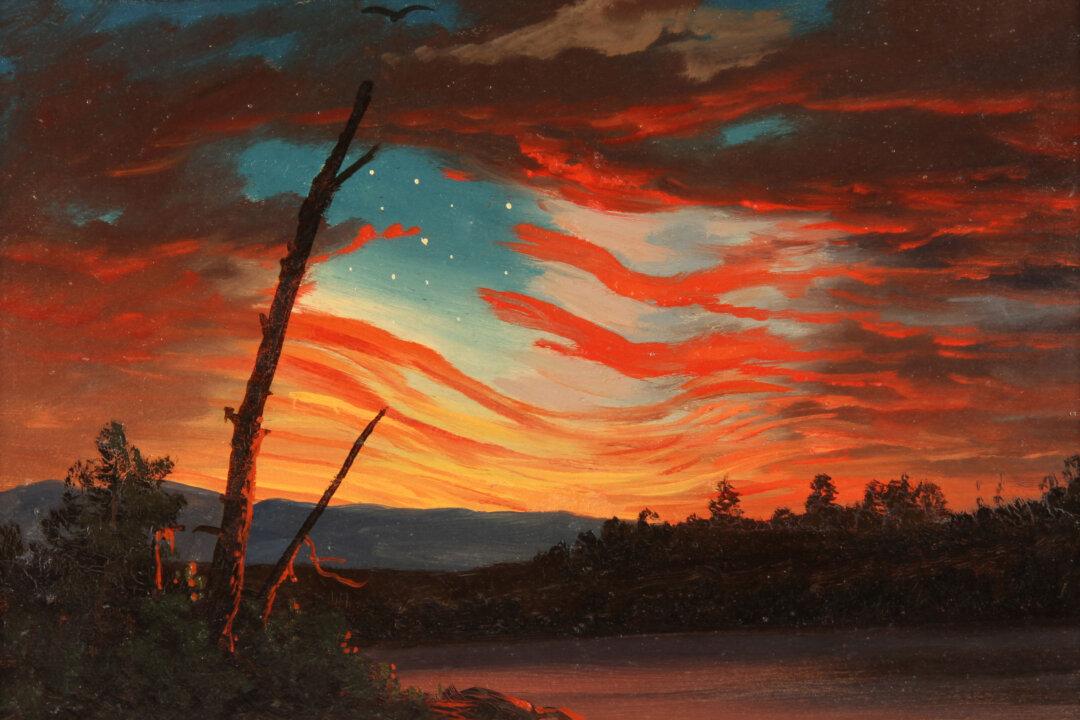June 14 is a national holiday.
Neither the banks nor the federal government will close their doors on this day. The post office will deliver the mail, and the stock market will do business. Though this year the holiday falls on a Monday, the event won’t bring a long weekend. There will be some parades and speeches, but no fireworks and likely no network news coverage of the day’s activities. Though the official commemoration of this day is more than a century old, Americans may fail to recognize the significance of the date or remember to honor the occasion.






